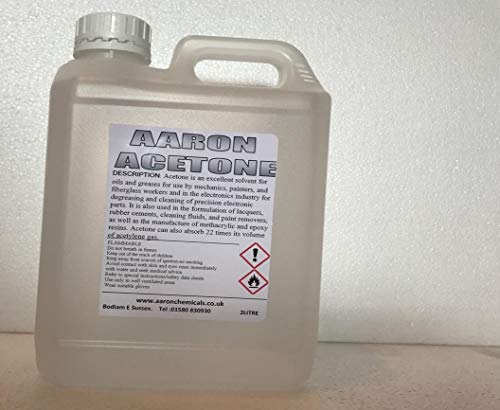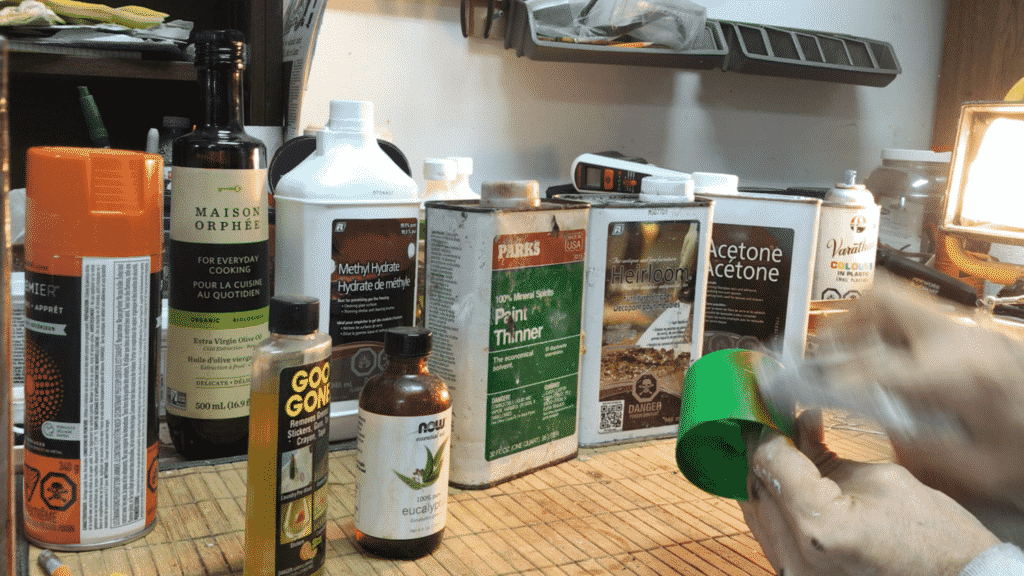As a liquid and strong chemical solvent acetone often penetrates or even dissolves some glove materials leading to skin contact which can result in irritation.
Vinyl gloves dissolve in acetone.
Since acetone is a liquid and a strong chemical solvent it can potentially penetrate or even dissolve some glove materials.
Using a chemical to dissolve vinyl can be an effective way to remove a vinyl surface if used with proper safety equipment and precautions.
Latex glove chemical resistance chart limited service vg very good g good f fair p poor not recommended chemical natural latex or rubber acetaldehyde g acetic acid vg acetone vg ammonium hydroxide vg amyl acetate p aniline f benzaldehyde f benzene f butyl acetate f butyl alcohol vg carbon disulfide f carbon tetrachloride p castor oil p.
When you are working with acetone or any other potentially hazardous chemical it is important to protect yourself with the correct gloves.
Go to a local home improvement store and purchase an acetone product.
Conditions exposure times chemical concentrations and residues may effect glove performance.
Picking the proper gloves ensures the best protection for your skin.
Latex is a natural creamy liquid substance that forms from under the bark of rubber trees.
Chemical resistant gloves safety work cleaning protective heavy duty industrial gloves natural latex 12 2 length black 1 pair size m medium 4 4 out of 5 stars 269 9 99 9.
Viton gloves butyl gloves.
Acetone is an effective vinyl solvent and can be used to help you dissolve any vinyl surface.
This will lead to skin contact with acetone which can result in irritation.
This chemical resistance chart is for advisory use only.
It is strongly advised that on site testing of all gloves is important to determining safe usage.
Found in items such as balloons rubber toys bandages pacifiers baby bottle nipples dental supplies condoms masks and costumes latex is the primary material contained in rubber household gloves and many types of house paint.














































